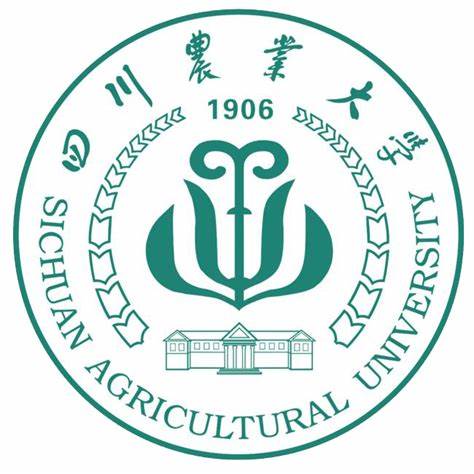Regulation of Amylose Content by Single Mutations at an Active Site in the Wx-B1 Gene in a Tetraploid Wheat Mutant
作者: 刁圣轩 审稿人:魏育明 时间: 2022-09-20 点击次数:次
https://www.mdpi.com/1422-0067/23/15/8432
International journal of molecular science,23(15),8432(2022)
Yulong Li,Hassan Karim,Bang Wang,Carlos Guzmán,Wendy Harwood,Qiang Xu,Yazhou Zhang,Huaping Tang,Yunfeng Jiang,Pengfei Qi,Mei Deng,Jian Ma,Jingyu Lan,Jirui Wang,Guoyue Chen,Xiujin Lan,Yuming Wei,Youliang Zheng and Qiantao Jiang
Abstract
The granule-bound starch synthase I (GBSSI) encoded by the waxy gene is responsible for amylose synthesis in the endosperm of wheat grains. In the present study, a novelWx-B1null mutant line, M3-415, was identified from an ethyl methanesulfonate-mutagenized population of Chinese tetraploid wheat landrace Jianyangailanmai (LM47). The gene sequence indicated that the mutatedWx-B1encoded a complete protein; this protein was incompatible with the protein profile obtained using sodium dodecyl sulfate–polyacrylamide gel electrophoresis, which showed the lack of Wx-B1 protein in the mutant line. The prediction of the protein structure showed an amino acid substitution (G470D) at the edge of the ADPG binding pocket, which might affect the binding of Wx-B1 to starch granules. Site-directed mutagenesis was further performed to artificially change the amino acid at the sequence position 469 from alanine (A) to threonine (T) (A469T) downstream of the mutated site in M3-415. Our results indicated that a single amino acid mutation in Wx-B1 reduces its activity by impairing its starch-binding capacity. The present study is the first to report the novel mechanism underlying Wx-1 deletion in wheat; moreover, it provided new insights into the inactivation of the waxy gene and revealed that fine regulation of wheat amylose content is possible by modifying the GBSSI activity.
Keywords:tetraploid wheat;waxy gene;protein structure;ADPG binding pocket;starch-binding capacity;amylose content


